Retro Replay Review
Gameplay
Okage: Shadow King delivers a classic JRPG experience infused with a generous dose of humor and unconventional mechanics. The core loop revolves around turn-based battles against a delightfully bizarre menagerie of foes, ranging from lowly wild cows to rampaging, man-eating onions. Each encounter feels familiar yet fresh, thanks to clever enemy design that often pokes fun at genre clichés.
(HEY YOU!! We hope you enjoy! We try not to run ads. So basically, this is a very expensive hobby running this site. Please consider joining us for updates, forums, and more. Network w/ us to make some cash or friends while retro gaming, and you can win some free retro games for posting. Okay, carry on 👍)
The interaction between Ari and his shadowly overlord, Stanley Hihat Trinidad XIV (a.k.a. Stan), adds depth to the standard JRPG formula. As you explore towns and dungeons, Stan’s snarky commentary and occasional magical interventions keep combat and exploration from ever feeling stale. Certain special techniques even require Stan’s direct participation, highlighting the symbiotic dynamic between hero and antihero.
Dialogue choices are another layer that enriches the gameplay. Whether you opt for a polite, rude, or downright silly response, the reactions of your party members and NPCs will shift accordingly. This subtle alignment system doesn’t overhaul the narrative, but it does reward players who enjoy role-playing and experimenting with different conversational styles.
Progression is straightforward but satisfying: party members earn experience, unlock new skills, and equip progressively stronger gear. Side quests sprinkle in mini-puzzles and fetch missions that contribute valuable items or amusing cutscenes. While the overall structure adheres to genre norms, the witty writing and Stan’s irreverent personality elevate every dungeon crawl and town visit.
Graphics
For a PlayStation 2-era title, Okage: Shadow King sports a distinctive art style that remains charming decades later. Character models are intentionally stylized—Ari looks like a typical JRPG protagonist, while Stan’s ever-changing silhouette oozes gothic whimsy. Backgrounds mix bright, pastoral towns with dark, surreal dungeons, reflecting the game’s balance of lighthearted fun and sinister undertones.
Animations in battle are simple but effective. Stan materializes with dramatic flair to unleash his signature attacks, and enemies react with over-the-top expressions that underscore the game’s comedic edge. Even if you find the technical fidelity dated by modern standards, the creative design choices compensate by giving each encounter an unmistakable personality.
Cutscenes use a blend of in-engine graphics and static illustrations. The still-image panels often feature hand-drawn art that heightens emotional or humorous moments. These transitions may feel lo-fi today but were groundbreaking at the time and still convey the story beats without missing a step.
Lighting and color palettes vary widely between areas. Sun-drenched villages burst with warm hues, while shadowy castles and dungeons lean into cool tones and deep blacks, a stark reminder of your bond with Stan. This visual dichotomy reinforces the narrative themes and keeps exploration visually engaging.
Story
At its core, Okage: Shadow King spins a delightfully absurd tale. You play as Ari, a young boy who bargains with an evil spirit to lift his sister’s bizarre curse—speaking solely in pig Latin. This whimsical setup immediately signals that the game won’t take itself too seriously, and the narrative never disappoints in delivering comedic twists.
Stan, your newfound shadow companion, is equal parts hilariously pompous and surprisingly endearing. Once released from a bottle where impostor Evil Kings siphoned his power, he enlists Ari’s help in reclaiming his former might and, of course, world domination. The interplay between Stan’s grandiose ambitions and Ari’s earnest motivations creates a constant push-and-pull that drives the plot forward.
NPCs and side characters further enrich the story with their quirky personalities. Townsfolk react to your unusual shadow with a mix of awe and fear, and each locale hides its own mini-narrative that ties back to Stan’s lost power. While the main quest beats follow familiar RPG tropes—retrieve artifacts, confront impostors, face the final boss—the humor and stylistic dialogue render every milestone memorable.
Emotional moments do surface amid the silliness, particularly in scenes exploring loyalty, friendship, and the true cost of wielding dark power. These instances, though fewer, give the game surprising heart and prevent the humor from becoming one-note.
Overall Experience
Okage: Shadow King stands out in the JRPG landscape by marrying straightforward turn-based mechanics with a delightfully irreverent tone. Players seeking traditional role-playing gameplay will appreciate the solid, if familiar, battle system, while the comedic writing and character interactions ensure the experience never feels rote.
The game’s visuals and audio, though rooted in early 2000s hardware, have aged into a kind of cult charm. Stan’s voice acting, in particular, leaves a lasting impression, and the soundtrack alternates between whimsical melodies and eerie motifs that suit the narrative’s duality.
Despite occasional pacing lulls—some dungeons can overstay their welcome—the brisk narrative progression and frequent dialogue exchanges keep players engaged. Side quests and mini-games add variety, and the branching dialogue system encourages replay value for those who want to see every party member’s reaction to Ari’s behavior.
Ultimately, Okage: Shadow King offers a unique blend of classic JRPG fundamentals and tongue-in-cheek storytelling. It’s best suited for gamers who appreciate quirky humor, endearing characters, and a modest challenge. If you’re up for a lighthearted adventure with just the right touch of dark fantasy, Ari and Stan make a perfectly entertaining duo.
 Retro Replay Retro Replay gaming reviews, news, emulation, geek stuff and more!
Retro Replay Retro Replay gaming reviews, news, emulation, geek stuff and more!
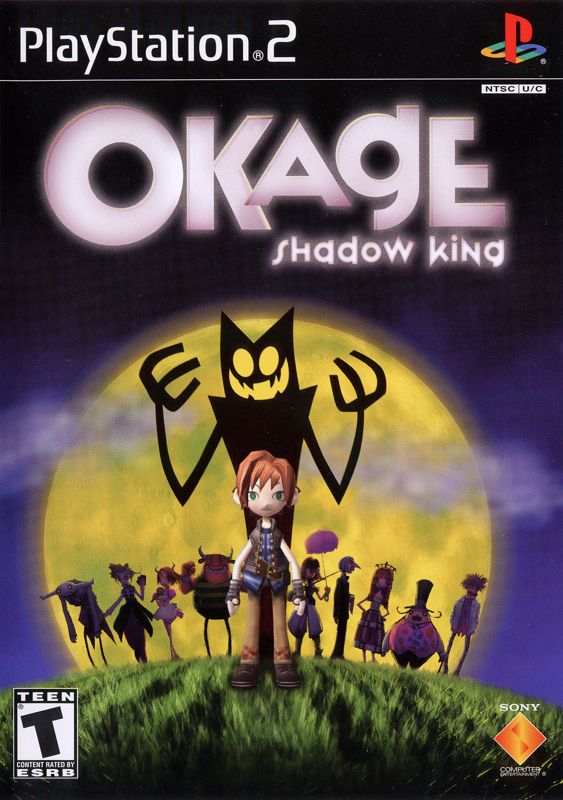
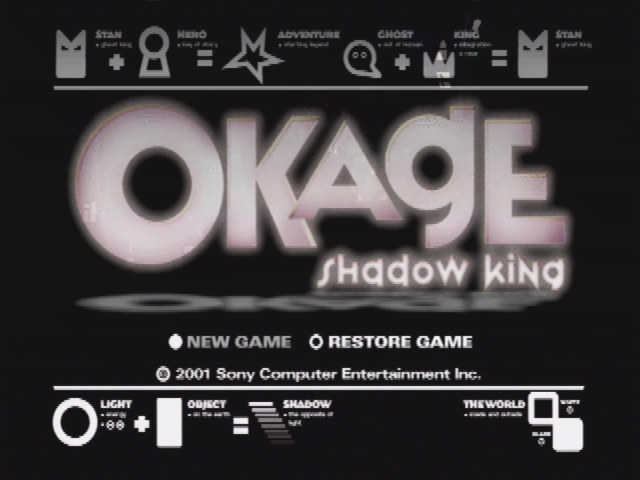
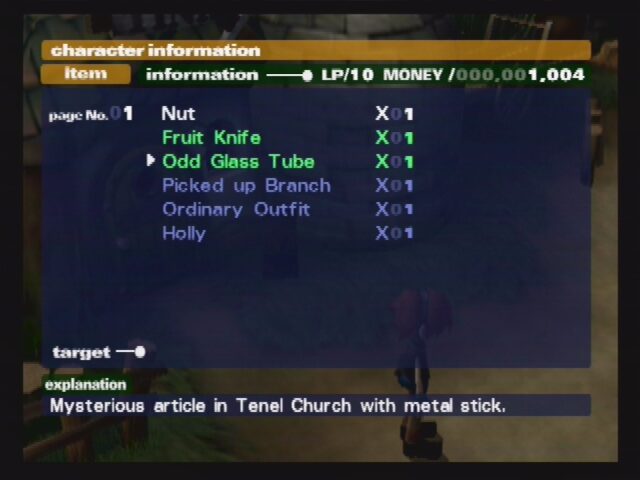
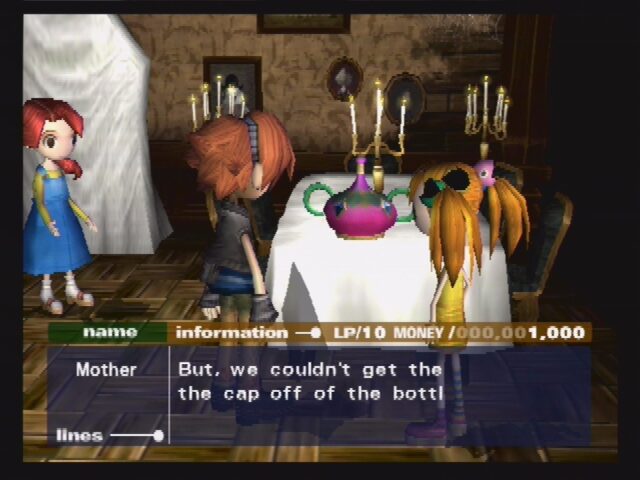
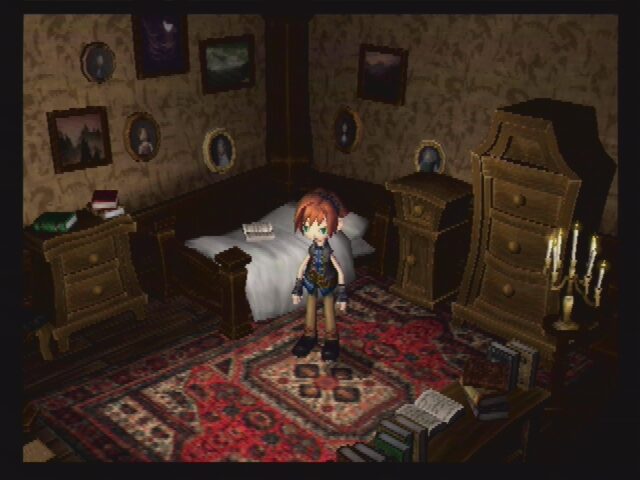
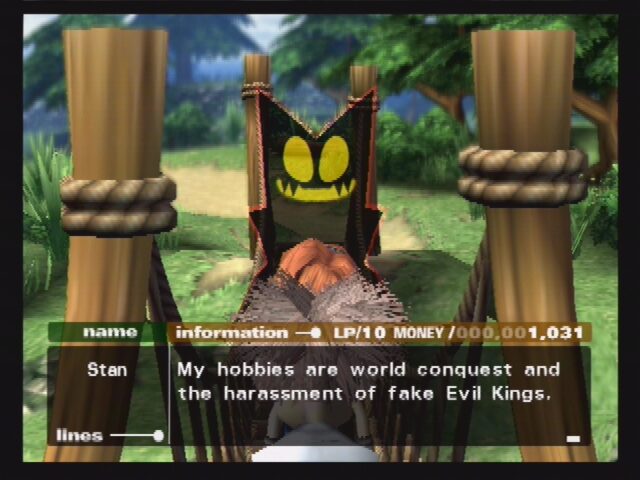



Reviews
There are no reviews yet.